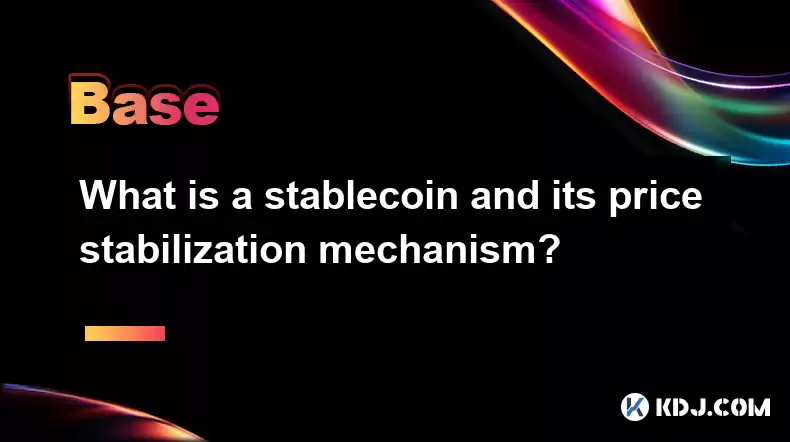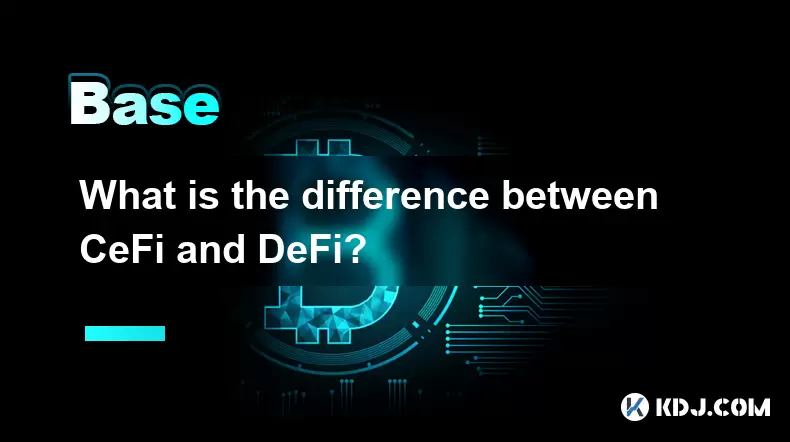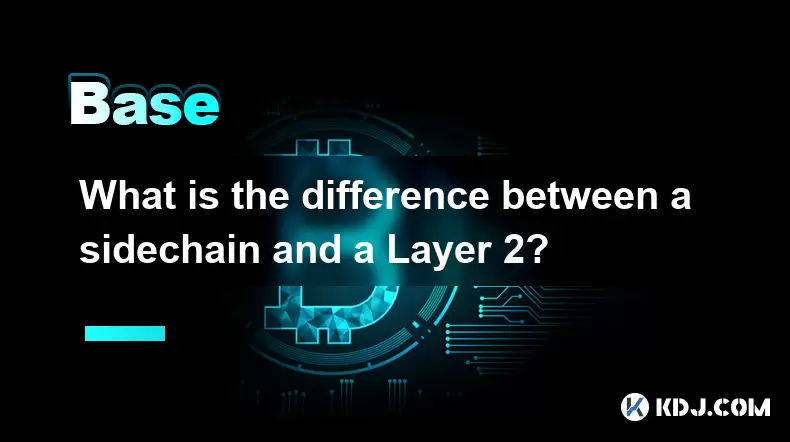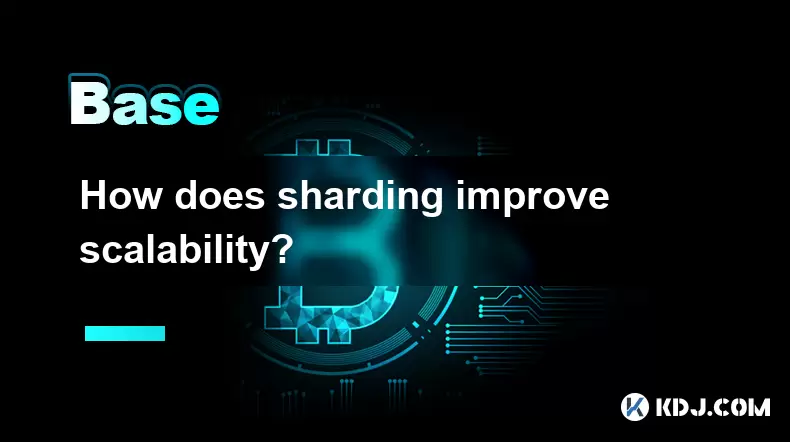-
 Bitcoin
Bitcoin $114500
-0.31% -
 Ethereum
Ethereum $3648
1.11% -
 XRP
XRP $3.033
-0.27% -
 Tether USDt
Tether USDt $0.9999
-0.01% -
 BNB
BNB $758.5
-0.32% -
 Solana
Solana $167.5
1.48% -
 USDC
USDC $0.9998
-0.02% -
 TRON
TRON $0.3331
0.74% -
 Dogecoin
Dogecoin $0.2039
0.25% -
 Cardano
Cardano $0.7419
-0.46% -
 Hyperliquid
Hyperliquid $39.21
2.66% -
 Stellar
Stellar $0.4049
-1.95% -
 Sui
Sui $3.483
-0.56% -
 Bitcoin Cash
Bitcoin Cash $570.8
2.89% -
 Chainlink
Chainlink $16.67
-0.57% -
 Hedera
Hedera $0.2470
-1.57% -
 Ethena USDe
Ethena USDe $1.001
0.00% -
 Avalanche
Avalanche $22.36
1.52% -
 Litecoin
Litecoin $123.4
4.35% -
 UNUS SED LEO
UNUS SED LEO $8.989
0.09% -
 Toncoin
Toncoin $3.324
-2.40% -
 Shiba Inu
Shiba Inu $0.00001219
-1.30% -
 Uniswap
Uniswap $9.811
2.54% -
 Polkadot
Polkadot $3.662
-0.07% -
 Monero
Monero $295.5
-3.85% -
 Dai
Dai $1.000
0.01% -
 Bitget Token
Bitget Token $4.345
0.24% -
 Cronos
Cronos $0.1380
0.95% -
 Pepe
Pepe $0.00001044
-1.14% -
 Ethena
Ethena $0.5981
-4.24%
What is a stablecoin and its price stabilization mechanism?
Stablecoins minimize crypto volatility, maintaining stable value via fiat, crypto collateral, or algorithms, enabling reliable transactions and DeFi use.
Apr 12, 2025 at 11:43 pm

A stablecoin is a type of cryptocurrency designed to minimize the volatility typically associated with other cryptocurrencies like Bitcoin and Ethereum. The primary goal of a stablecoin is to maintain a stable value relative to a specific asset or basket of assets, often pegged to a fiat currency like the US dollar. This stability makes stablecoins an attractive option for users who want to transact or store value in the crypto ecosystem without the price fluctuations that can make other cryptocurrencies risky.
Types of Stablecoins
There are several types of stablecoins, each with its own mechanism for maintaining price stability. The main categories include:
Fiat-collateralized stablecoins: These stablecoins are backed by reserves of fiat currency held in bank accounts. For example, Tether (USDT) and USD Coin (USDC) are pegged to the US dollar and maintain their value by holding an equivalent amount of dollars in reserve.
Crypto-collateralized stablecoins: These stablecoins are backed by other cryptocurrencies. An example is Dai (DAI), which is backed by collateral in the form of Ethereum (ETH) and other cryptocurrencies locked in smart contracts.
Algorithmic stablecoins: These stablecoins use algorithms to control the supply of the token in response to changes in demand, aiming to maintain a stable price. TerraUSD (UST) was an example of an algorithmic stablecoin, though it has faced significant challenges.
Hybrid stablecoins: These combine elements of the above types, using both collateral and algorithmic mechanisms to maintain stability. Frax (FRAX) is an example of a hybrid stablecoin.
Price Stabilization Mechanisms
The price stabilization mechanisms of stablecoins vary depending on their type. Here's a detailed look at how each type maintains its peg:
Fiat-Collateralized Stablecoins
Fiat-collateralized stablecoins maintain their peg through a straightforward mechanism. For every stablecoin in circulation, there is an equivalent amount of fiat currency held in reserve. This reserve is typically audited by third parties to ensure that the stablecoin issuer has enough assets to back the circulating supply.
Issuance: When a user wants to acquire a fiat-collateralized stablecoin, they deposit the equivalent amount of fiat currency with the issuer. The issuer then mints and transfers the stablecoin to the user's wallet.
Redemption: Conversely, when a user wants to convert their stablecoins back to fiat, they send the stablecoins to the issuer, who then releases the equivalent amount of fiat currency from the reserve.
Audits: Regular audits are conducted to verify that the reserves match the circulating supply, ensuring the stablecoin remains pegged to the fiat currency.
Crypto-Collateralized Stablecoins
Crypto-collateralized stablecoins use a more complex mechanism involving over-collateralization and smart contracts. These stablecoins are typically issued on decentralized platforms.
Over-collateralization: To mint a stablecoin like Dai, users must lock up more value in cryptocurrency than the value of the stablecoins they wish to mint. For example, to mint $100 worth of Dai, a user might need to lock up $150 worth of ETH.
Smart Contracts: The collateral is held in smart contracts, which automatically manage the issuance and redemption of the stablecoins. If the value of the collateral falls below a certain threshold, the smart contract can trigger a liquidation process to maintain the peg.
Liquidation: If the value of the collateral drops significantly, the smart contract may sell the collateral to cover the value of the stablecoins, ensuring that the peg is maintained.
Algorithmic Stablecoins
Algorithmic stablecoins rely on algorithms to adjust the supply of the token in response to market demand. These stablecoins do not have any collateral backing them, making their stability entirely dependent on the effectiveness of the algorithm.
Rebasing: Some algorithmic stablecoins use a rebasing mechanism, where the total supply of the token is adjusted periodically to maintain the peg. If the price is above the peg, the supply is increased; if it's below, the supply is decreased.
Seigniorage: Other algorithmic stablecoins use a seigniorage model, where the protocol issues new tokens when the price is above the peg and buys back tokens when the price is below the peg, burning them to reduce supply.
Market Forces: The effectiveness of these mechanisms depends on market forces and the confidence of users in the stability of the stablecoin.
Hybrid Stablecoins
Hybrid stablecoins combine elements of both collateralized and algorithmic mechanisms to achieve stability. They often use a smaller amount of collateral than fully collateralized stablecoins and supplement this with algorithmic adjustments.
Partial Collateralization: A portion of the stablecoin's value is backed by collateral, while the rest is managed algorithmically.
Algorithmic Adjustments: The algorithm adjusts the supply of the stablecoin to maintain the peg, similar to fully algorithmic stablecoins.
Flexibility: This combination allows for greater flexibility and potentially more stability than purely algorithmic stablecoins, as the collateral provides a buffer against extreme market conditions.
Challenges and Risks
While stablecoins aim to provide stability, they are not without challenges and risks. Understanding these can help users make informed decisions about using stablecoins.
Regulatory Risks: Stablecoins, especially those pegged to fiat currencies, can face regulatory scrutiny. Governments and financial regulators may impose restrictions or require compliance with certain standards, which can affect the stability and usability of stablecoins.
Counterparty Risk: Fiat-collateralized stablecoins rely on the issuer to hold and manage the reserves. If the issuer fails to maintain the reserves or faces financial difficulties, the stablecoin's peg could be at risk.
Smart Contract Risks: Crypto-collateralized stablecoins depend on the security and functionality of smart contracts. Any vulnerabilities or bugs in the smart contract code could lead to the loss of collateral and destabilization of the stablecoin.
Algorithmic Risks: Algorithmic stablecoins are highly dependent on the effectiveness of their algorithms. If the algorithm fails to adjust the supply correctly, the stablecoin could lose its peg, leading to significant volatility.
Market Confidence: The stability of all types of stablecoins relies heavily on market confidence. If users lose faith in a stablecoin's ability to maintain its peg, they may rush to redeem their holdings, which could lead to a collapse in the stablecoin's value.
Use Cases of Stablecoins
Stablecoins have a variety of use cases within the cryptocurrency ecosystem, making them valuable tools for users and businesses alike.
Payments and Remittances: Stablecoins can be used for fast and low-cost cross-border payments and remittances, as they are not subject to the same volatility as other cryptocurrencies.
Trading and Liquidity: Traders often use stablecoins as a safe haven during volatile market conditions. They can quickly move their assets into stablecoins to protect their value and then back into other cryptocurrencies when the market stabilizes.
Decentralized Finance (DeFi): Stablecoins are a crucial component of the DeFi ecosystem, serving as the base currency for lending, borrowing, and yield farming protocols. They provide a stable value that users can rely on for these financial activities.
Store of Value: For users who want to hold value in the crypto ecosystem without the risk of volatility, stablecoins offer a stable alternative to other cryptocurrencies.
Frequently Asked Questions
Q: Can stablecoins be used for everyday transactions?
A: Yes, stablecoins can be used for everyday transactions, especially in regions where traditional banking infrastructure is limited. They offer a fast and cost-effective way to send and receive payments, as long as the recipient is willing to accept them.
Q: How do I know if a stablecoin is trustworthy?
A: To determine if a stablecoin is trustworthy, you should look at several factors: the transparency of the issuer, the frequency and results of audits, the stability of the peg over time, and the regulatory compliance of the stablecoin. Additionally, community trust and the stablecoin's track record can provide insights into its reliability.
Q: What happens if a stablecoin loses its peg?
A: If a stablecoin loses its peg, it can lead to significant volatility and loss of value. Users may rush to redeem their stablecoins, which can exacerbate the situation. The response depends on the type of stablecoin: fiat-collateralized stablecoins may need to adjust their reserves, crypto-collateralized stablecoins may trigger liquidation events, and algorithmic stablecoins may need to adjust their supply through their algorithms.
Q: Are there any fees associated with using stablecoins?
A: Yes, there can be fees associated with using stablecoins. These fees can include transaction fees on the blockchain, fees for minting and redeeming stablecoins, and any fees charged by the issuer or platform for using their services. The specific fees vary depending on the stablecoin and the platform being used.
Disclaimer:info@kdj.com
The information provided is not trading advice. kdj.com does not assume any responsibility for any investments made based on the information provided in this article. Cryptocurrencies are highly volatile and it is highly recommended that you invest with caution after thorough research!
If you believe that the content used on this website infringes your copyright, please contact us immediately (info@kdj.com) and we will delete it promptly.
- Solana Memecoin Mania: Trader Profit Secrets Revealed!
- 2025-08-05 20:30:13
- POL Price Rebound: Will Consolidation Lead to a Breakout?
- 2025-08-05 20:30:13
- PEPE Price Downtrend: Expert Warning Signals More Drops Ahead?
- 2025-08-05 21:10:12
- Ethereum, Bitcoin, and Fractals: Decoding the Crypto Tea Leaves
- 2025-08-05 21:30:12
- Coinbase's Next Play: Buybacks, Bitcoin, and Bold Acquisitions
- 2025-08-05 20:50:12
- Crypto in 2025: Can These Under-$1 Gems Deliver 2500x Gains?
- 2025-08-05 21:30:12
Related knowledge

What is the difference between CeFi and DeFi?
Jul 22,2025 at 12:28am
Understanding CeFi and DeFiIn the world of cryptocurrency, CeFi (Centralized Finance) and DeFi (Decentralized Finance) represent two distinct financia...

How to qualify for potential crypto airdrops?
Jul 23,2025 at 06:49am
Understanding What Crypto Airdrops AreCrypto airdrops refer to the distribution of free tokens or coins to a large number of wallet addresses, often u...

What is a crypto "airdrop farmer"?
Jul 24,2025 at 10:22pm
Understanding the Role of a Crypto 'Airdrop Farmer'A crypto 'airdrop farmer' refers to an individual who actively participates in cryptocurrency airdr...

What is the difference between a sidechain and a Layer 2?
Jul 20,2025 at 11:35pm
Understanding the Concept of SidechainsA sidechain is a separate blockchain that runs parallel to the main blockchain, typically the mainnet of a cryp...

What is the Inter-Blockchain Communication Protocol (IBC)?
Jul 19,2025 at 10:43am
Understanding the Inter-Blockchain Communication Protocol (IBC)The Inter-Blockchain Communication Protocol (IBC) is a cross-chain communication protoc...

How does sharding improve scalability?
Jul 20,2025 at 01:21am
Understanding Sharding in BlockchainSharding is a database partitioning technique that is increasingly being adopted in blockchain technology to enhan...

What is the difference between CeFi and DeFi?
Jul 22,2025 at 12:28am
Understanding CeFi and DeFiIn the world of cryptocurrency, CeFi (Centralized Finance) and DeFi (Decentralized Finance) represent two distinct financia...

How to qualify for potential crypto airdrops?
Jul 23,2025 at 06:49am
Understanding What Crypto Airdrops AreCrypto airdrops refer to the distribution of free tokens or coins to a large number of wallet addresses, often u...

What is a crypto "airdrop farmer"?
Jul 24,2025 at 10:22pm
Understanding the Role of a Crypto 'Airdrop Farmer'A crypto 'airdrop farmer' refers to an individual who actively participates in cryptocurrency airdr...

What is the difference between a sidechain and a Layer 2?
Jul 20,2025 at 11:35pm
Understanding the Concept of SidechainsA sidechain is a separate blockchain that runs parallel to the main blockchain, typically the mainnet of a cryp...

What is the Inter-Blockchain Communication Protocol (IBC)?
Jul 19,2025 at 10:43am
Understanding the Inter-Blockchain Communication Protocol (IBC)The Inter-Blockchain Communication Protocol (IBC) is a cross-chain communication protoc...

How does sharding improve scalability?
Jul 20,2025 at 01:21am
Understanding Sharding in BlockchainSharding is a database partitioning technique that is increasingly being adopted in blockchain technology to enhan...
See all articles

























































































